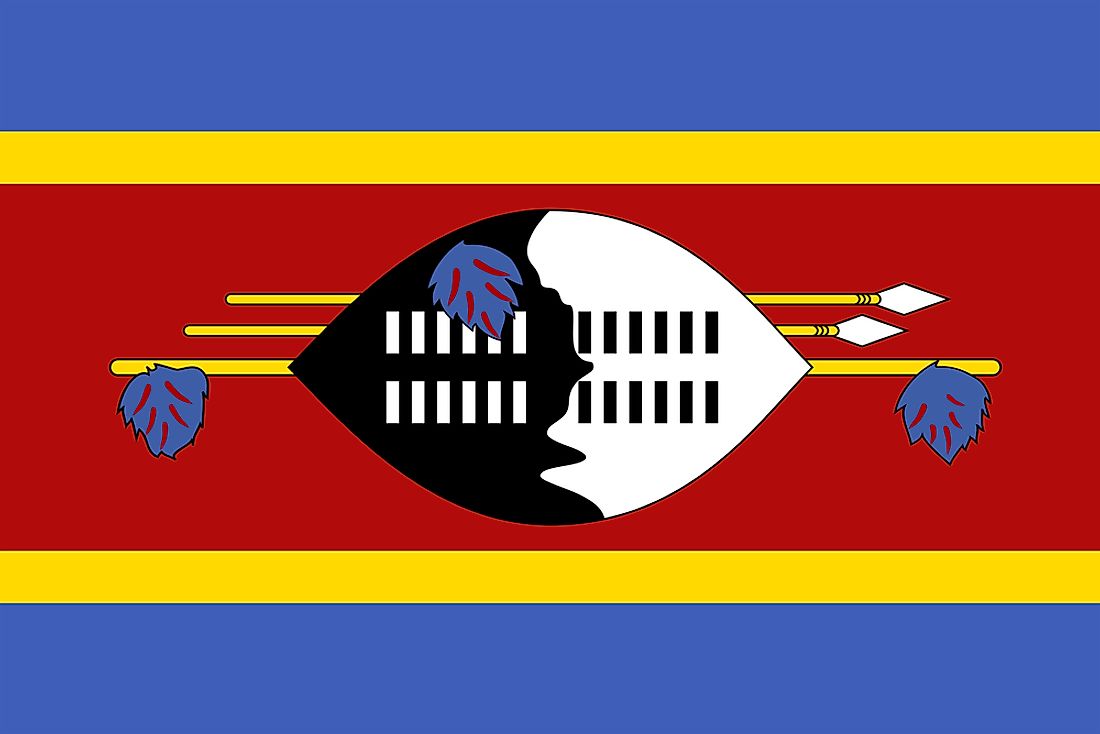What Type Of Government Does Swaziland Have?

Swaziland's government can be defined as an absolute monarchy. The Swazi King or Ngwenyama serves as the head of state. The colonial history of Swaziland featured British control until September 6, 1968, when the state gained independence. King Sobhuza II ascended into leadership as the head of state, and he oversaw the drafting of a new constitution that was adopted in 1977. The Constitution currently in use in Swaziland was passed in 2005. The monarchy system of government in Swaziland has been opposed by several groups who advocate for democracy.
Monarchy Of Swaziland
The monarch in Swaziland has supreme legislative, executive, and judicial powers. The position for the Ngwenyama (lion) is hereditary, and he governs the state assisted by a national legislature and council of ministers. The mother of the King is titled Ndlovukati, and she oversees national rituals. The Ndlovukati serves as regent if the King dies and the heir is indisposed or has not executed royal adulthood rituals. Both the King and the Queen Mother enjoy legal immunity. The King also serves as the Commissioner of Police as well as the Commander-in-chief of the Swazi Defence Forces. The Swazi King does not appoint his successor but rather, a traditional Council referred to as Liqoqo decides on which of the wives will be Ndlovukati and ‘Great Wife.' The next king is the son of the ‘Great Wife.' To unify all parts of the country, the Swazi King takes a wife from every clan.
Executive Branch Of The Government Of Swaziland
The Swazi King elects a Prime Minister from the members of Parliament. Swaziland's Prime Minister cannot serve for more than two five-year terms. The prime minister is mandated to chair cabinet meetings and advises the King on members of the Cabinet. These members are chosen from either Houses of Parliament. Swaziland's Ministers head their respective ministries.
Legislative Branch Of The Government Of Swaziland
Swaziland has a bicameral Parliamentary system which features the House of Assembly and the Senate. The House of Assembly has 65 seats, 55 of which are elected by popular vote to serve for five years, and the rest ten are appointed by the country's Monarch. 30 members sit in the Senate, 20 of whom are appointed by the Monarch, and ten are nominated by the House of Assembly. The King dissolves Parliament after five years triggering elections. The Swazi King retains the right to approve legislation adopted by Parliament before it is proclaimed law.
Judicial Branch Of The Government Of Swaziland
Swaziland has a dual judicial structure characterized by a network of courts which adhere to the western law and another network which is based on Swazi law and custom. The western model is composed of a Court of Appeal as well as a High Court in addition to magistrate courts in every district. Traditional courts give audience to cases of minor violations to Swazi law, and the verdict can be appealed to the High Court or Swaziland's Court of Appeal. The King can appoint a special tribunal in sedition and treason cases.
Administration Of The Country
For administration purposes, Swaziland's territory is subdivided into four regions namely Manzini, Hhohho, Shiselweni, and Lubombo. An administrator appointed by the Swazi King governs each region. A traditional government system is also well established in Swaziland featuring the King and his advisors in addition to traditional courts and 55 tinkhundla or districts.











